Clik here to view.
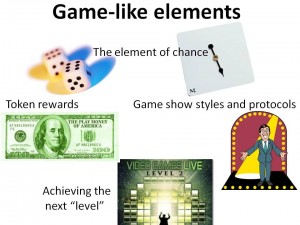
Use games and fun to increase engagement and learning in autism social skills training
Teaching social skills to children with Asperger’s and other autism spectrum disorders can be much more effective when it is engaging and fun. By the time children with autism ends up in our classrooms or psychotherapy offices, they are often feeling pretty weary and discouraged with their problems. If we don’t introduce some elements of levity, we may lose their attention altogether.
Here are some tips for making your social skills training engaging and “game-like.” Much of this is summarized in this Youtube video, check it out: http://bit.ly/x9TvvO
Clik here to view.
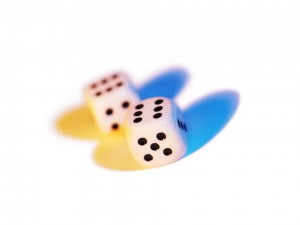
Use the element of chance to make your social skills teaching seem like a social skills game
- Introduce the element of chance. A simple way to do this is to use some dice, or a blank spinner (available from teacher supply stores).
Here is an example: “Kids, we are going to play the compliment game today. A compliment is when you say something nice to someone about how they look, or about what they do, or about how they are. When it is your turn, if you roll a one or two with the dice, you have to give someone a compliment here about how they look. If you roll a three or a four, give a compliment to someone about what they are doing. If you roll a five or a six, give a compliment to someone about how they are (nice, funny, smart, fast, clever, etc.)”
Clik here to view.
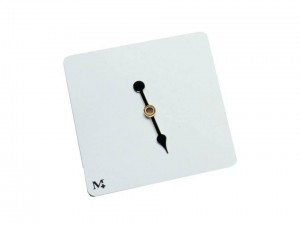
Customize a blank spinner to create social skills games for students/clients on the autism spectrum
Clik here to view.

Use tokens, like play money, to help your social skills therapy seem like a social skills game
2. Use tokens or scoring systems. These fall into two categories. The first kind of scoring system is to give out token objects (play money, marbles, etc.). These you have the kids keep in cups so they are not overly distracted by them. The second scoring system is to create a score board. Simply write the names of the children on a dry erase board, and add a hatch mark next to their names each time they score. (This is the preferred system if your kids on the autism spectrum get distracted by wanting to touch and handle the token items.)
Clik here to view.
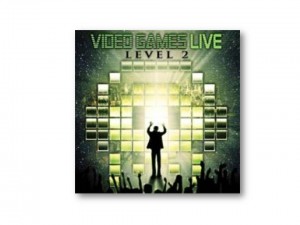
Use “levels” to add interest to social skills lessons and social skills training
3. Use achievement levels. Most kids on the autism spectrum play a lot of video games. Video games are usually all about “levels” and getting from one level to the next. Here is an example of how to incorporate this into an activity teaching compliments: “Kids, there are three levels of giving compliments. We are going to play a compliment game. Who will get to level three? Level one is easy. You say something nice about how someone looks. Level two is harder. You have to say something nice about the thing the person is doing. Level three is the top level. You have to know the person well enough to know their special inside qualities, like “Generous,” “Smart,” or “Helpful.”
Clik here to view.
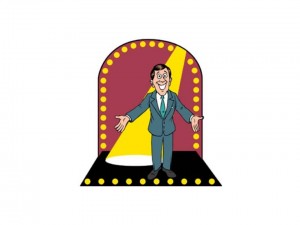
Create a “game show” to turn the social skills lesson into a social skills game
- Build in Game-show elements. Children with autism spectrum disorders seem to appreciate it when their counselor or teacher is willing to pretend to be a game show host. Copy and print out the picture of the game show guy shown in the picture above, and stick it on the wall. If you want to get fancy, play game show music. Here is a link to Jeopardy music sound clip: http://www.youtube.com/watch?v=vXGhvoekY44 Then, abandon your professional decorum , and say something like this: “Kids, welcome to the Elmhurst School Game Show. I am your host, Ms. Apple. Today, we are going to test people’s ability to give compliments. Please welcome our first contestant, Tiffany. Tiffany, come on down!”
I wish you good luck with introducing levity and game-like qualities to your social skills training for kids on the autism spectrum. You are invited to leave comments regarding your own social skills games and activities.
Joel Shaul, LCSW
Image may be NSFW.
Clik here to view.
Image may be NSFW.
Clik here to view.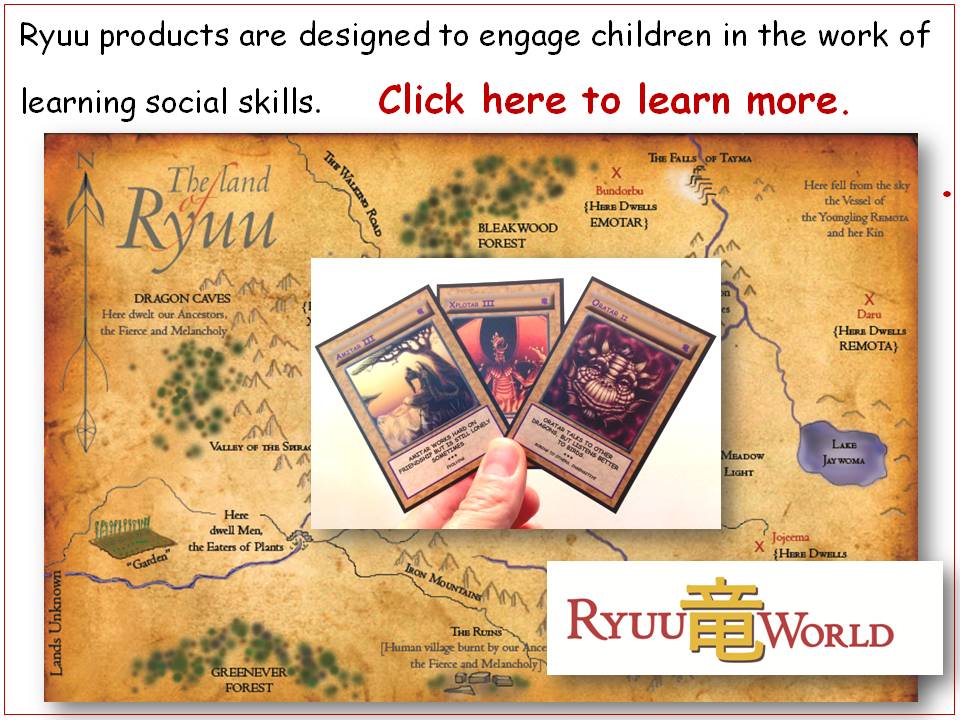
Image may be NSFW.
Clik here to view. Image may be NSFW.
Image may be NSFW.
Clik here to view.